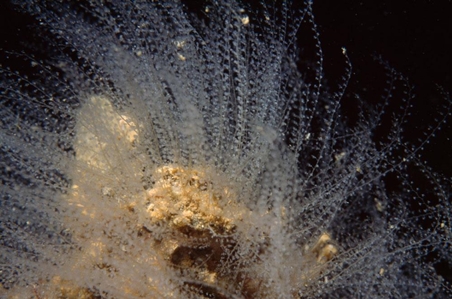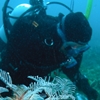General Description
Colony of individual polyps (hydranths) joined by root-like network of tubular stolons at the base. Colony shape is feather-like (pinnate). Colour: colonies white, gonophores often iridescent white to yellow. Up to 1 cm long.
Biology
Colonies of this species occur throughout most of year. They are fertile late winter to summer.
Habitat
On algae and other invertebrates, common on jetty piles, in sheltered bays and ocean.
Reefs
Distribution guide
New Zealand and Australia.
Species Group
Depth
Water Column
Max Size
1 cm
Diet
Plankton or Particles
Harmful
Generally not harmful but still able to sting bare skin.
Commercial Species
No
Global Dispersal
Recorded in Australia
Identify
Conservation Status
- DSE Advisory List : Not listed
- EPBC Act 1999 : Not listed
- IUCN Red List : Not listed





